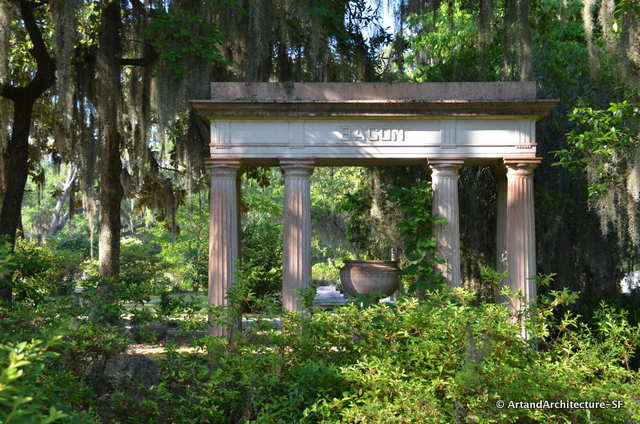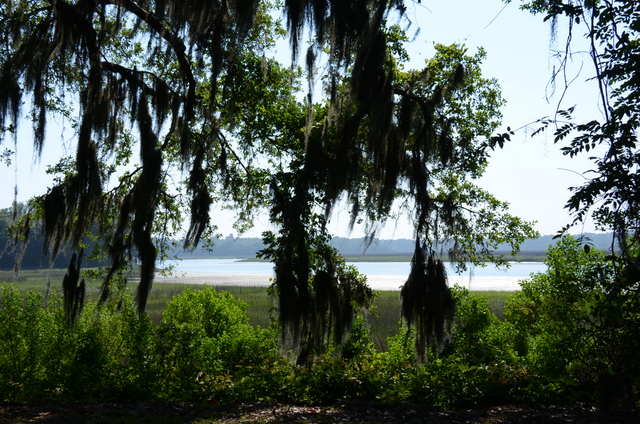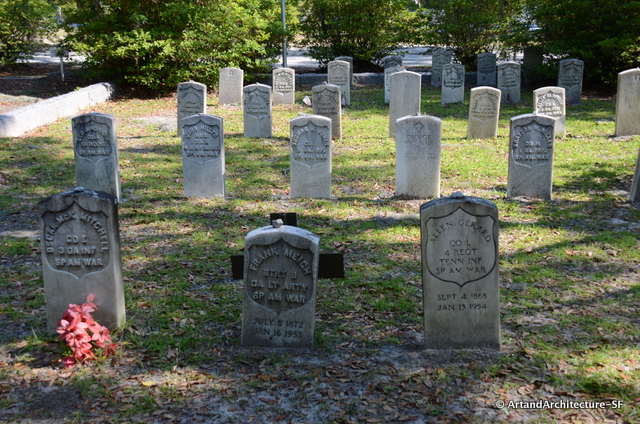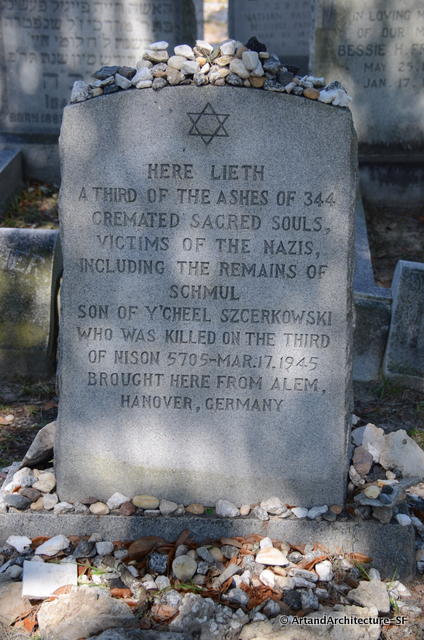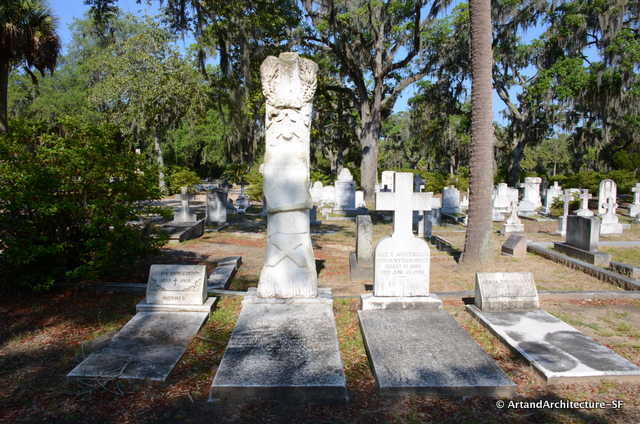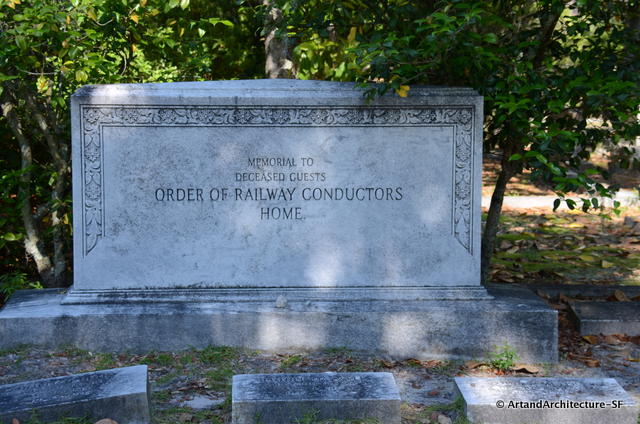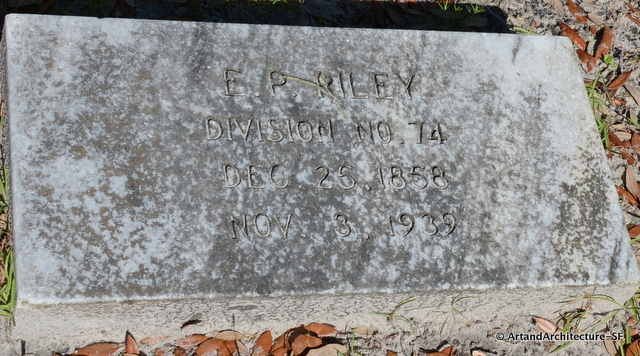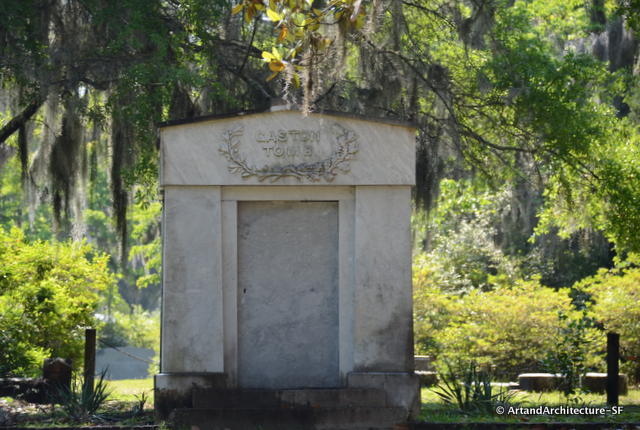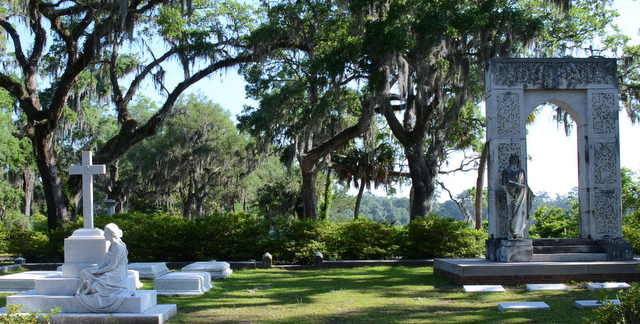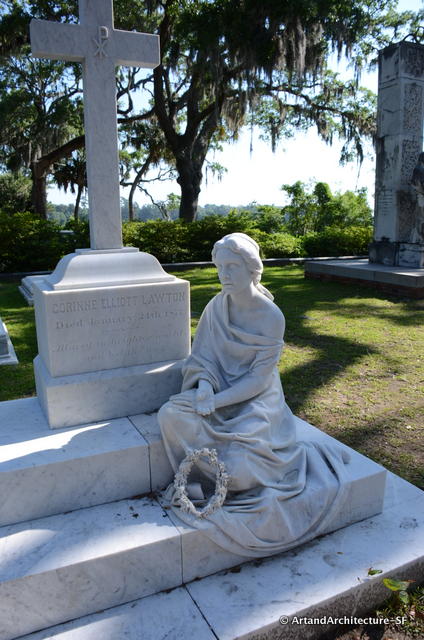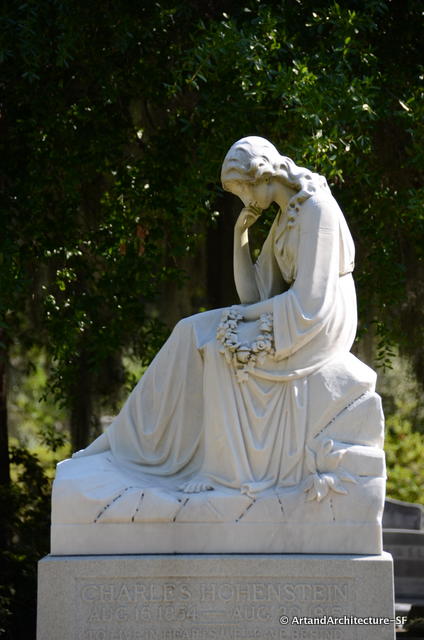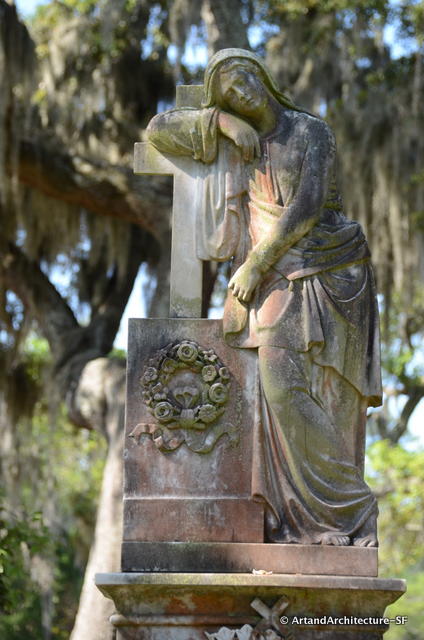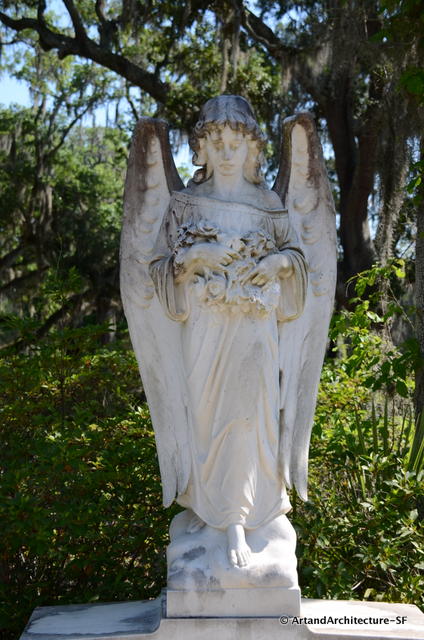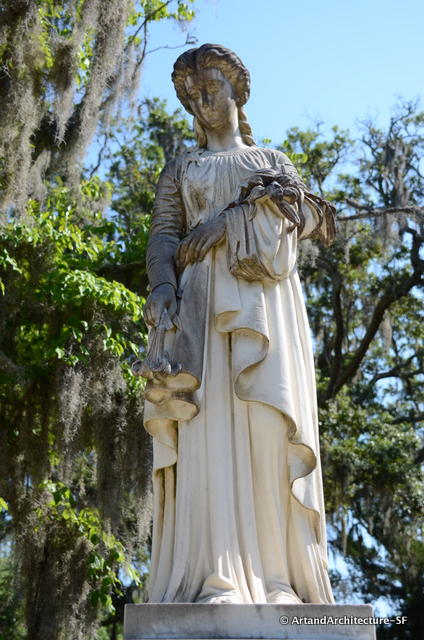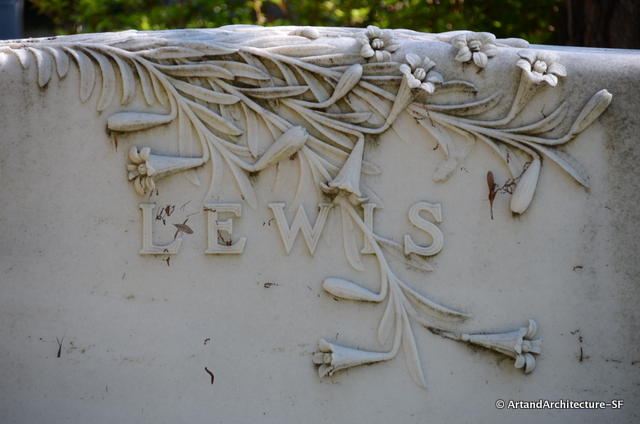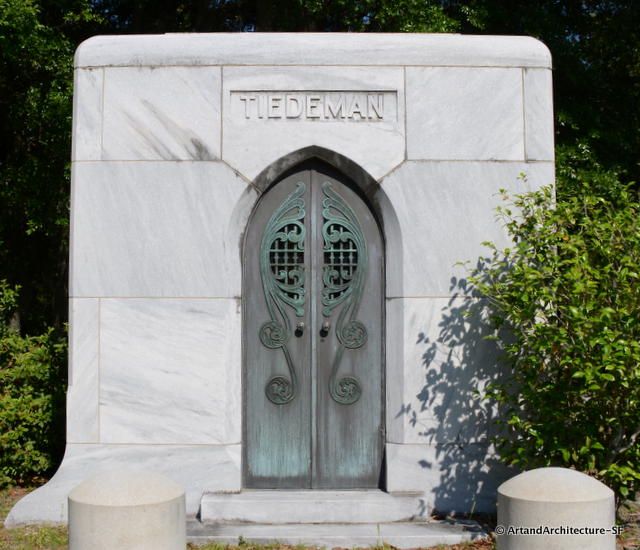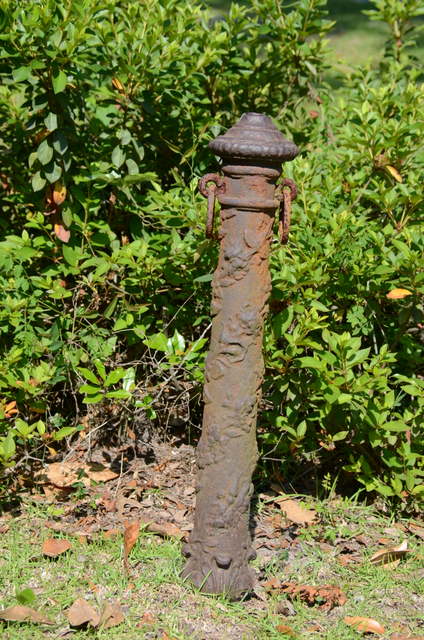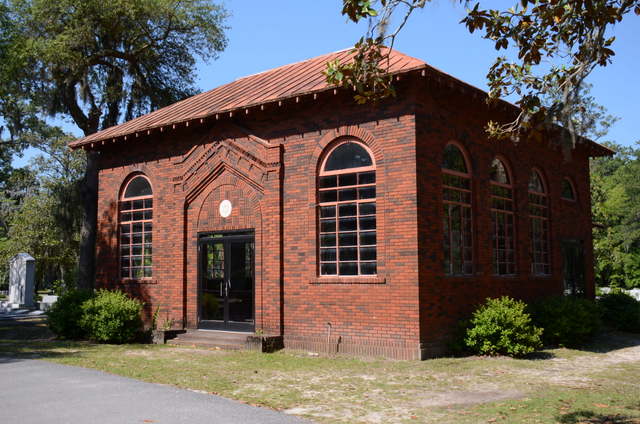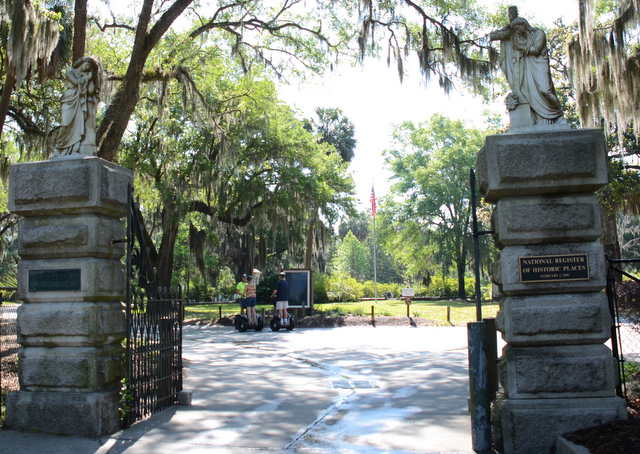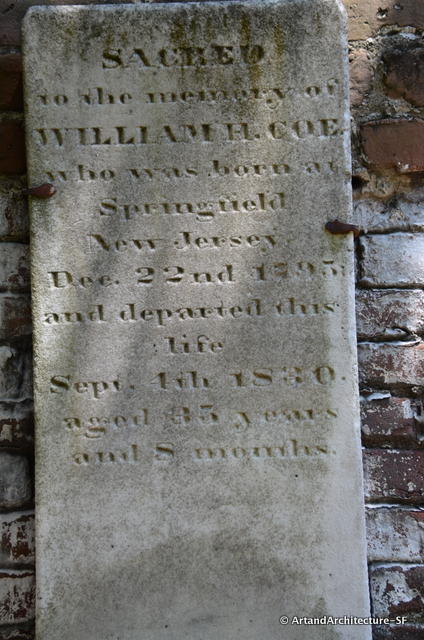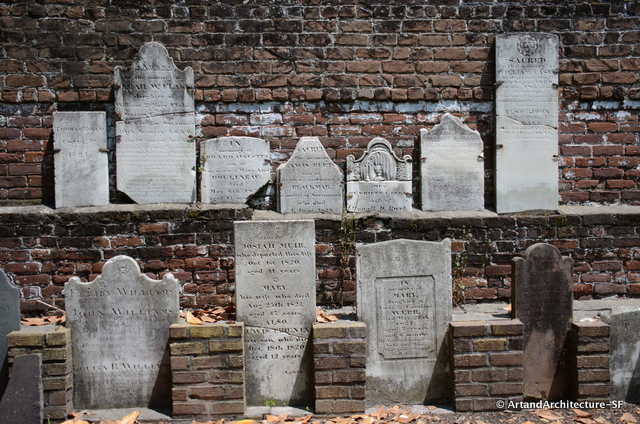I have had a fascination for cemeteries for much of my life. My love of them comes from their quality of art. The rich and famous often hire the best sculptors of the time to memorialize their loved ones, so I often think of older cemeteries as large outdoor art galleries.
With that concept in mind I headed out to Bonaventure Cemetery just outside of Savannah.
In the 1800s throughout the world burial grounds began to be located outside of population centers for public health reasons. This was the beginning of the “Rural Cemetery” movement. The rural cemetery was designed with a romantic vision of nature, based upon English landscape gardening. These cemeteries, thought by many to be the pre-cursor to our park system, were gathering places. It was common for families to picnic in these cemeteries.
This nearly 100 acre cemetery sits on the Wilmington River. Settled ca. 1761 this land was originally two plantations.
In 1846 a local businessman, Peter Wiltberger, purchased the land with the intention of creating a cemetery. This did not happen until after the Civil War. The, then named Evergreen Cemetery, operated privately until 1907. In 1907 the City of Savannah purchased the Bonaventure, and while it has gone through much since then, it is well maintained and a delightful get away from the noise of the city.
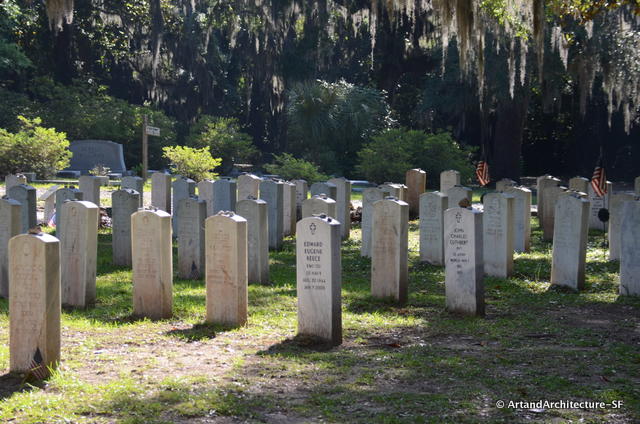
Veterans of many wars will be found at the Bonaventure. These contain the remains from George Gannon Post 184 and Tybee Island Post 154
In order to have a separate Jewish section, the Orthodox Jewish community bought a very large portion to the right of Bonaventure. A large two-story brick and glass preburial house sits in the middle of the Jewish section. Today this section, although it still has a separate gate, is part of the entire complex.
Of course the cemetery has the historical figures of Savannah, and the South. As you enter the cemetery you will first see.Gaston’s tomb. This mausoleum was originally in the Colonial Cemetery. William J. Gaston (1777-1884) rose to prominence as an attorney, legislator, Congressman and state Supreme Court justice.
Well known for his hospitality and kindness to others, especially to strangers, Savannahians had this memorial built for the Judge after his death in New York City. Called the Visitor’s Tomb, it was designed as a place for out-of-towners to be laid to rest until their bodies could be sent home.
In writing the above I questioned the interchangeable words mausoleum and tomb. The dictionary defines a mausoleum as a stately tomb.
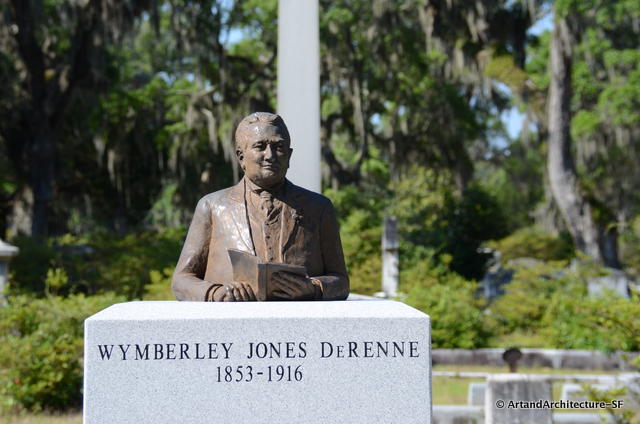
The De Renne family of Savannah collected printed materials and other historical works relating to Georgia’s history. Much of this collection can be found at the University of Georgia

Rufus Ezekial Lester
Born in Burke Co., CA
December 12, 1837
Died in Washington DC
June 16, 1906
A gallant confederate soldier
State Senator 1870-1873
Three years president of the senate
Mayor of Savannah 1883-1889
Member of Congress 1830-1906
I originally went to find the grave of Corinne Elliot Lawton. I am sure she is the heart of many of the ghost tours with the story that she died of a broken heart due to a jilted love. Miss Lawton most likely came to her premature end after a “short illness” — just as her obituary read. It is also said that the position of her parents grave shows how she brought shame to them, this more likely is due to the fact that her grave was relocated to Bonaventure after the death of her parents The statue of Jesus was also erected in their name.
Here is a smattering of some other lovely weeping women and unusual grave stones.
*
In October of 1867 during John Muir’s Thousand Mile Walk, he spent six days and nights in the Bonaventure, sleeping on the graves as the “safest and cheapest accommodations” he could find. He found the cemetery “breathtakingly beautiful and inspiring” and wrote a lengthy chapter on it, “Camping in the Tombs.” The chapter, which you can read here, is a magnificent description of the cemetery at the time.
*

Most of the few graves of Bonaventure are planted with flowers. There is generally a magnolia at the head, near the strictly erect marble, a rose-bush or two at the foot, and some violets and showy exotics along the sides or on the tops. All is enclosed by a black iron railing, composed of rigid bars that might have been spears or bludgeons from a battlefield in Pandemonium. – John Muir
A map and brief guide are available from the visitor center, inside the administration building at the main entrance. Public restrooms are also located at the main entrance.
As a sculpture garden, the Bonaventure did not exactly live up to my expectations. However, it is an absolute must on anyone’s trip to Savannah. The grace and beauty of the area, the history that it contains makes this a real highlight.
I recommend a tour. I was unable to take one due to my time limitation. I chose to visit on a typical Savannah day – 84 degrees and 76% humidity. I really could only handle about one hour in that temperature, so exploring went out the window. I missed a few of the highlights, to say the least.
Colonial Park Cemetery
While the Bonaventure is quite the cemetery, in downtown Savannah you will also find the Colonial Park Cemetery. Also known as the Old Cemetery and The Old Brick Cemetery, it was founded in 1750. Closed for new burials in 1853 it was reopened as a city park in 1896. The cemetery was much larger than it is today, and it contains over 10,000 burials but only 600 gravestones.
The reason I wanted to include it here is that even though the cemetery was closed to burials before the start of the Civil War and no Confederate soldiers are buried there, the war did leave its mark on the cemetery. Federal troops took over the cemetery grounds during their occupation of Savannah and many of the graves were looted and desecrated. It has been said that Union soldiers changed the dates on many of the headstones.
These stones can be found on the back wall of the cemetery.

